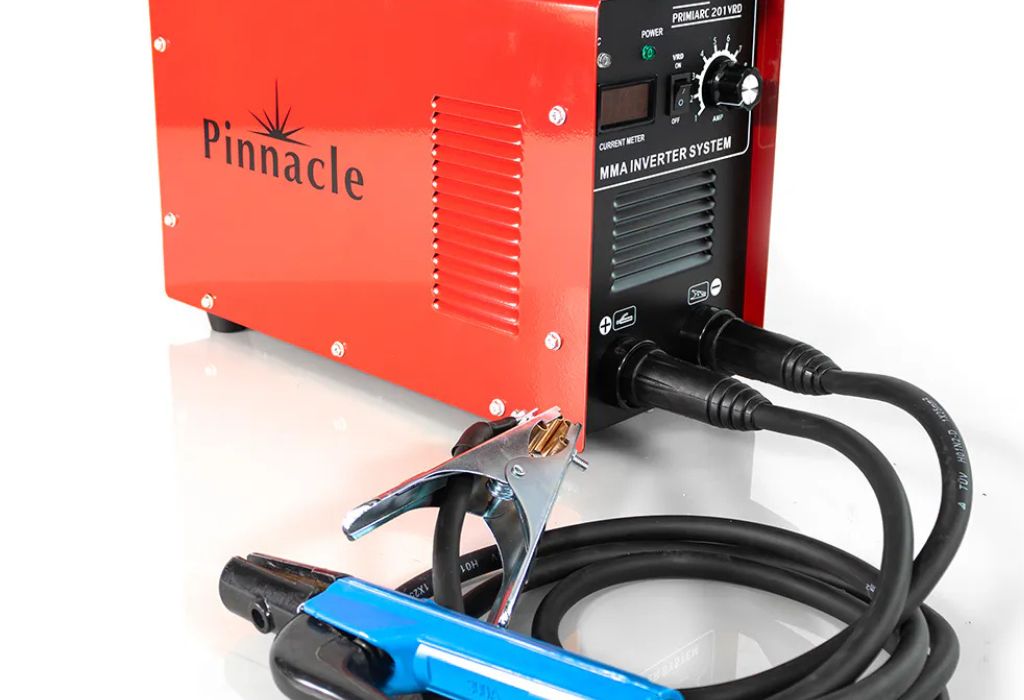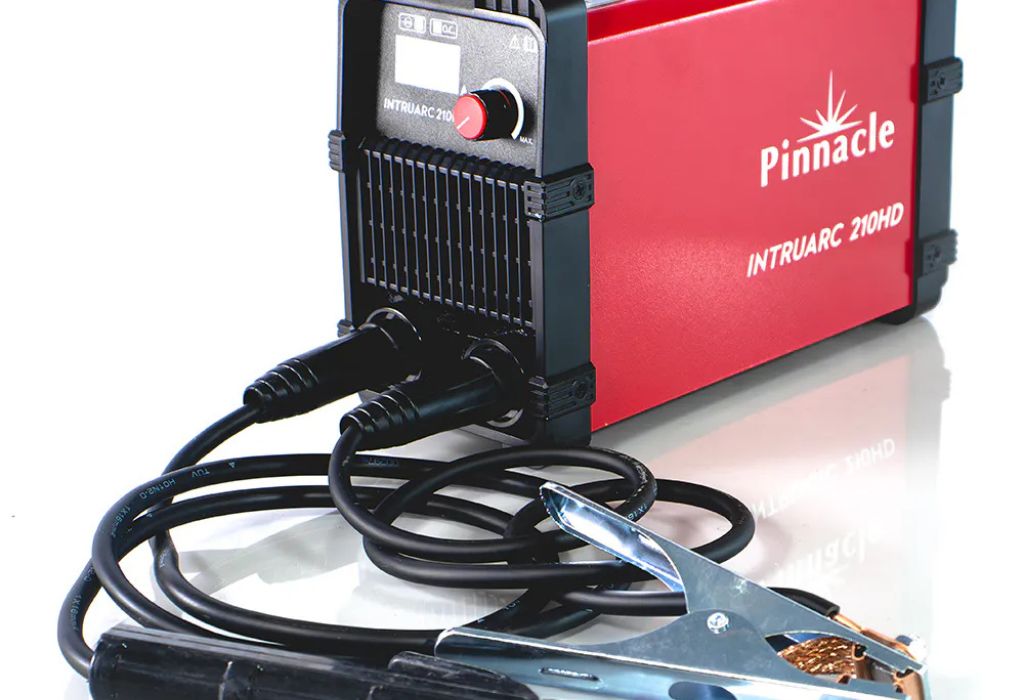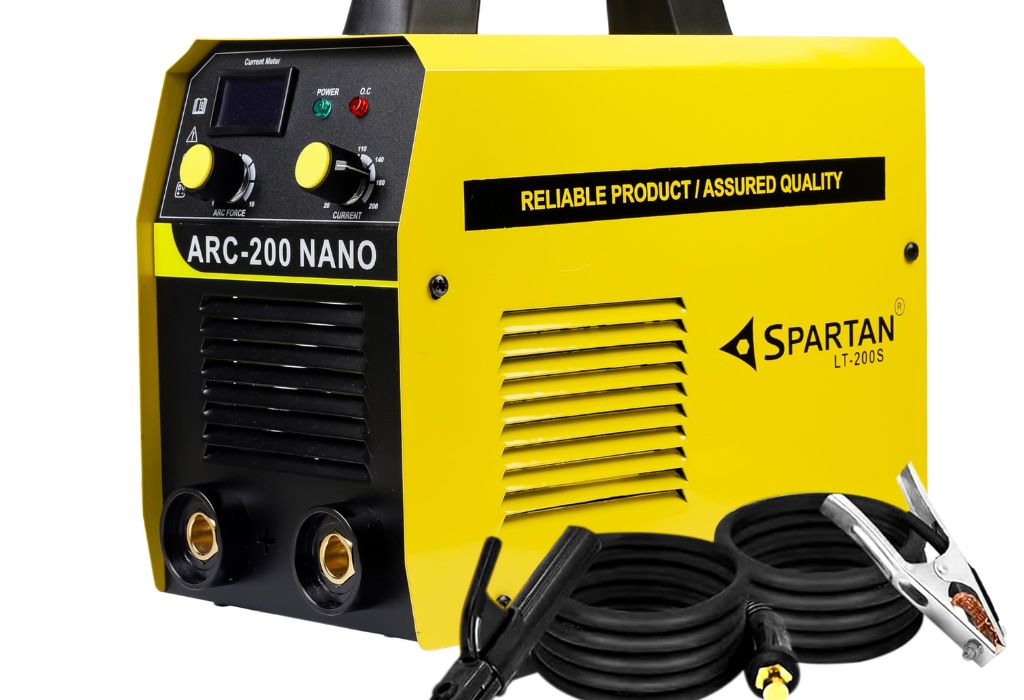A small fabrication shop orders a high-amp welder to boost productivity. But on day one the machine overheats after minutes, and weld consistency collapses—because the quoted “500 A” spec was misleading.
That experience raises the critical question: how are welding machines rated? Understanding rating systems can save you from overpaying, mismatching power, or discovering limitations mid-project.
Welding machines are typically rated by amperage, duty cycle, input specs, efficiency, and thermal limits. Among those, duty cycle is one of the most misunderstood metrics—many beginner machines operate at 20–40 % duty, while higher-end units push 60–80 %. (UTI)
For example, a 60% duty rating at 200 A means the machine can run 6 minutes in a 10-minute window before needing 4 minutes to cool. Exceeding that causes automatic shutdowns or internal damage. (MillerWelds)
Key Rating Metrics for Welding Machines

Every welding machine is rated based on a combination of performance metrics that determine its power, efficiency, and reliability. These ratings help users understand what the welder can handle and how long it can maintain that performance under continuous use.
The most common parameters include amperage rating, duty cycle, input voltage, input current, and thermal capacity. Each one contributes to the overall performance envelope and defines how efficiently the welder can convert electrical power into a stable, usable arc.
The amperage rating represents the maximum current the welder can deliver without overheating. Meanwhile, the duty cycle tells you how long it can sustain that current before it needs rest to prevent internal damage or shutdown.
Beyond current and duty cycle, factors like power factor, efficiency, and cooling system performance also play critical roles. Machines with better cooling and higher efficiency ratings maintain consistent output and suffer less performance drift over time.
Understanding these metrics ensures buyers match their machines to their workload instead of relying on marketing claims. When read correctly, these ratings reveal the machine’s true capacity, its durability under pressure, and its long-term return on investment.
Ampere Ratings and Duty Cycle Explained
When comparing welding machines, the ampere rating and duty cycle are the two most important performance indicators. Together, they determine how much current a machine can produce and how long it can maintain that output before overheating.
The ampere rating is the machine’s maximum welding current measured under specific test conditions. Higher amperage means the machine can weld thicker materials or run longer beads, but it also demands stronger internal components and a more stable power supply.
The duty cycle defines how many minutes in a ten-minute period the welder can operate at its rated current. For example, a 60% duty cycle at 200 amps means six minutes of continuous welding followed by four minutes of cooling.
Manufacturers often test under ideal conditions, so real-world performance can vary depending on temperature, ventilation, and load type. Machines with efficient cooling systems or inverter technology usually maintain higher duty cycles and deliver more consistent results.
Understanding these ratings prevents users from overloading equipment and extends its lifespan. It also helps welders plan projects more effectively, ensuring the machine performs within safe thermal and electrical limits for every job.
Input and Electrical Ratings — Voltage, Current, and Efficiency
Every welding machine’s performance depends not only on output but also on its input and electrical ratings. These values define how much power the welder draws from the supply and how efficiently it converts that energy into usable welding output.
The input voltage rating specifies what electrical system the machine is designed for, typically 120V, 240V, or 480V. Choosing the wrong voltage can cause poor performance, tripped breakers, or even permanent equipment damage.
The input current rating represents how many amps the machine pulls from the power source during operation. Larger welders with high output ratings require more current, which means heavier wiring, dedicated circuits, or industrial-grade power outlets.
Power factor and efficiency rating also influence energy use and stability. Machines with a high power factor (above 0.9) and efficiency above 80% convert more power into arc energy instead of wasting it as heat or vibration.
Understanding input and efficiency ratings helps users avoid overloading electrical systems and reduces operational costs. Selecting a machine with balanced input requirements ensures smoother performance, lower electricity bills, and safer long-term operation in both home and industrial setups.
Thermal Limits, Cooling, and Overload Protection

The thermal capacity of a welding machine determines how well it handles continuous use under heavy loads. Every unit has built-in thermal limits that prevent overheating and protect internal components from damage.
During long welding sessions, electrical energy converts partly into heat inside the transformer, rectifiers, and cables. Without proper heat dissipation, that buildup quickly exceeds safe temperature thresholds, reducing output accuracy and potentially burning insulation or contacts.
To manage this, most machines rely on forced-air cooling systems, heat sinks, and thermal sensors. Fans draw cool air across key components while sensors automatically cut power if internal temperatures exceed preset limits.
This feature, known as overload protection, prevents failures and ensures user safety. Once the welder cools to a safe range, power automatically restores, allowing work to resume without permanent damage.
Ambient conditions also influence thermal performance—machines used in dusty, hot, or enclosed environments heat faster and derate sooner. Keeping vents clean and maintaining proper airflow significantly extends component lifespan.
Understanding thermal limits and overload protection helps users stay within safe working ranges. Proper temperature control ensures reliability, consistent arc performance, and compliance with manufacturer specifications for rated output and duty cycle.
Practical Examples and Spec Sheet Breakdown
Understanding how welding machines are rated becomes easier when examining real manufacturer specifications. Each spec sheet provides valuable data about amperage, voltage, and duty cycle that define the machine’s real-world performance.
For example, a common entry-level MIG welder may show “200A @ 60% duty cycle at 24V.” This means the machine can deliver 200 amps of welding current at 24 volts for six minutes out of every ten before it needs to cool down.
Larger industrial units, such as Miller or Lincoln Electric models, often feature detailed charts showing duty cycles across multiple amperage settings. This helps users plan work efficiently, matching the required current output to job length and material thickness.
The input voltage range (e.g., 120/240V dual input) indicates flexibility for both residential and workshop environments. Machines with dual-voltage capability automatically adjust input current and maintain stable output when switching between power supplies.
Spec sheets may also include efficiency percentage, open-circuit voltage (OCV), and cooling type, each influencing performance stability and energy use.
By learning to read these technical details, welders can easily identify which machine suits their specific workload, ensuring accuracy, durability, and energy-efficient operation every time.
Limitations and Misleading Ratings
Not all welding machine ratings reflect real-world performance. Some manufacturers exaggerate amperage or duty cycle figures to make their models appear more powerful than they actually are.
These inflated specs often result from testing under ideal laboratory conditions—perfect ventilation, controlled temperature, and short test cycles. In normal workshop environments with heat, dust, and variable voltage, actual output may fall significantly below the advertised rating.
A common tactic is to highlight peak amperage instead of continuous operating current. While a welder may briefly hit 300 amps, it cannot sustain that power for long without triggering thermal shutdown.
Similarly, budget models sometimes claim a 60% duty cycle when, in reality, it’s closer to 30–40% once environmental factors are considered. This discrepancy leads to overheating, arc instability, and reduced lifespan of internal components.
Another misleading aspect is the omission of ambient temperature in duty cycle testing. Ratings determined at 20°C perform differently in hot workshops where the air exceeds 35°C.
Understanding these limitations helps welders make informed decisions and avoid frustration caused by overpromised specifications. Always look for verified data, brand transparency, and consistent test standards when comparing machine ratings.
Why Ratings Matter in Practice

Understanding how welding machines are rated goes far beyond technical curiosity. These ratings directly affect performance, project quality, and long-term equipment safety.
A properly rated welder ensures consistent arc stability, predictable heat input, and strong penetration across different materials. Machines with accurate ratings allow operators to maintain quality welds without frequent power drops or overheating interruptions.
Accurate ratings also help with power management in workshops and factories. Knowing the true input and output requirements prevents circuit overloads and ensures the machine draws power safely within capacity.
From a safety perspective, ratings prevent users from exceeding design limits that could cause electrical faults, cable burns, or component failures. Overloaded machines not only compromise weld integrity but also increase fire and injury risks.
Financially, understanding ratings helps businesses choose machines that align with their workload, minimizing downtime and repair costs. A unit that runs efficiently at rated duty cycles saves on electricity and reduces wear on consumables.
In short, machine ratings are the blueprint for reliability, cost-efficiency, and operator safety. When interpreted correctly, they form the foundation of every successful and sustainable welding operation.
Conclusion
Understanding how welding machines are rated is essential for anyone serious about achieving consistent, high-quality welds. Ratings provide the roadmap for amperage, duty cycle, and efficiency, defining a machine’s true capability under real conditions.
When welders rely on these verified metrics, they avoid overheating issues, power mismatches, and premature equipment wear. Each figure on a spec sheet tells a story about how much stress the machine can handle and for how long.
By focusing on accurate ratings and not marketing exaggerations, operators maintain both performance and safety. Properly rated machines deliver better penetration, smoother arcs, and longer operational life with less downtime.
Before buying or using a welder, always verify the manufacturer’s rating data and look for standards like IEC 60974 or ISO 17662 compliance. Machines tested under recognized protocols offer greater trust and repeatability across projects.
Ultimately, a well-rated welding machine is not just about numbers—it’s about reliability, consistency, and value over time. Knowing what those ratings mean empowers welders to make smarter choices and achieve professional results every time.

I’m Darrell Julian, the founder, lead writer, and hands-on welding enthusiast behind ArcWeldingPro.com. With more than 15 years of real-world welding experience, I created this platform to share what I’ve learned in the field, in the shop, and in the heat of the arc.


